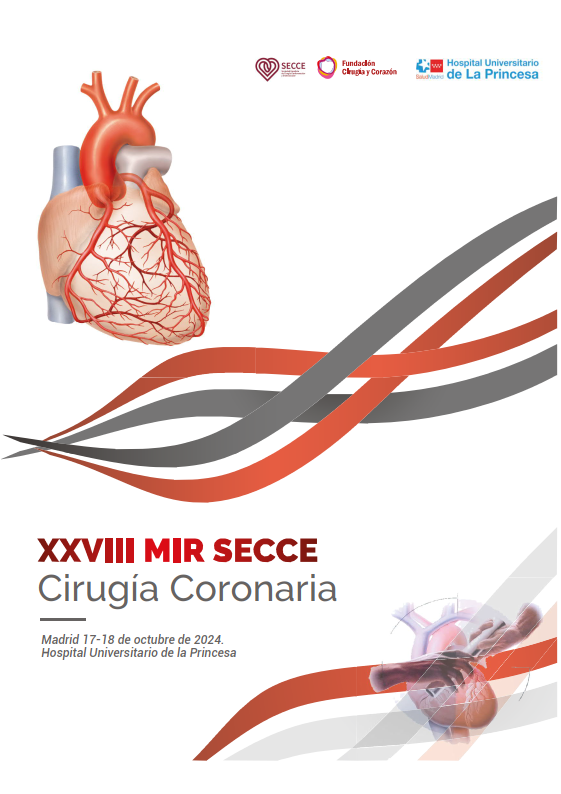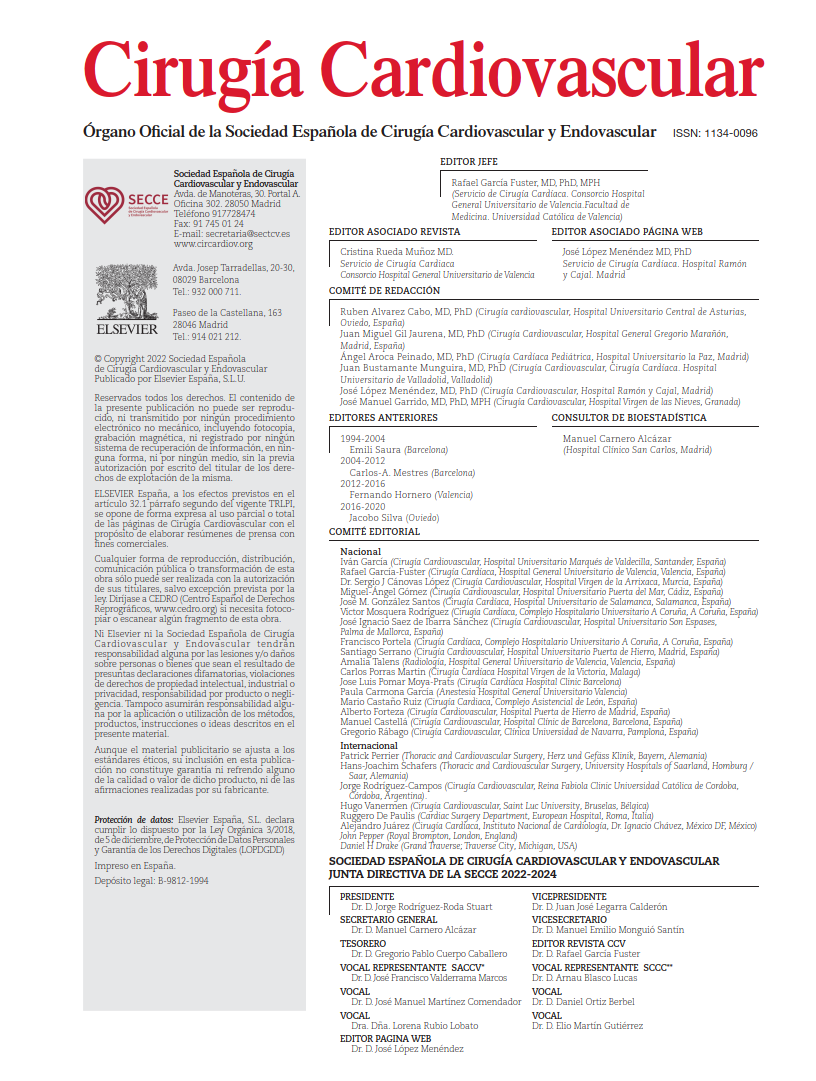Significant tricuspid regurgitation (TR) affects approximately 4% of individuals over the age of 75. Its clinical burden is well established, being an independent predictor of mortality in both organic and functional forms, particularly in patients with symptomatic heart failure. Isolated tricuspid valve surgery entails considerable perioperative morbidity, and its net clinical benefit in the setting of severe functional TR—which accounts for over 90% of cases—remains unclear. Consequently, isolated surgical intervention for TR is uncommon.
Building on the success of percutaneous approaches in mitral valve disease, a new frontier has emerged in recent years for minimally invasive tricuspid repair, particularly in patients deemed at elevated surgical risk. Devices initially designed for mitral valve repair have been adapted for use in the tricuspid position, alongside the development of dedicated systems tailored to tricuspid valve anatomy and physiology. The first major trial of the TriClip® device, the TRILUMINATE study (2023), confirmed the safety and technical feasibility of this approach, demonstrating reduced regurgitation severity and improved quality of life using subjective scales (NYHA and KCCQ). However, no statistically significant differences were observed in mortality or heart failure hospitalizations. These findings diverged from more favorable outcomes reported in multiple observational registries, which suggested a potential mortality benefit. This discrepancy has prompted further studies aiming to clarify the clinical relevance of the technique.
A recent study published in JACC assessed the 1-year mortality outcomes following transcatheter edge-to-edge tricuspid valve repair in patients with severe TR, stratified according to disease stage. Patients in the interventional arm were drawn from two prospective registries (EuroTR and bRIGHT EU PAS), while those receiving conservative therapy were retrospectively identified from a cohort at Charité Medical University. A total of 1,885 patients were included: 1,300 underwent percutaneous repair and 585 received conservative management. Disease was categorized into early (21%), intermediate (62%), and advanced (17%) stages based on a score derived from left ventricular ejection fraction (LVEF), right ventricular function via TAPSE, estimated glomerular filtration rate (eGFR), and NT-proBNP (or BNP) levels.
Mortality rates increased progressively with disease stage: 6% in early, 15% in intermediate, and 31% in advanced stages, with statistically significant differences across groups (p < .01). Percutaneous repair was associated with reduced 1-year mortality in the intermediate stage group (13% vs 21% with conservative therapy, p = .03). No significant differences were observed in early (8% vs 5%, p = .53) or advanced stages (30% vs 33%, p = .78).
In summary, this study suggests that edge-to-edge transcatheter tricuspid repair may improve survival in carefully selected patients with clinically significant disease who have not yet progressed beyond the point of no return, emphasizing the importance of early diagnosis and timely intervention planning.
COMMENTARY:
This study introduces a compelling conceptual framework by considering tricuspid regurgitation as a condition that evolves through distinct clinical stages, akin to other progressive pathologies. This stratified approach enables assessment of therapeutic effects across different patient profiles, offering a potential pathway to identify the population most likely to derive benefit from intervention.
The findings observed in the intermediate-stage group are particularly encouraging, suggesting that percutaneous edge-to-edge tricuspid repair may significantly improve survival in this subset. These results align with clinical intuition and pathophysiological plausibility: patients in a transitional disease phase—symptomatic but not yet burdened by irreversible consequences—may represent an optimal therapeutic window.
Nevertheless, the study’s observational nature imposes important limitations. The analysis relies on three separate registries, introducing the potential for selection bias. The interventional group included patients from a real-world registry (EuroTR) and an open-label prospective study (bRIGHT EU PAS), potentially encompassing individuals with more favorable baseline characteristics compared to those in the conservatively managed cohort. Moreover, a notable temporal mismatch exists between the groups: the conservative cohort was drawn from data collected between 2010 and 2017, predating the widespread adoption of contemporary heart failure therapies such as sacubitril/valsartan or SGLT2 inhibitors—agents with emerging but not yet universally accepted roles in right heart failure. Optimization of medical therapy remains a critical determinant of outcomes in TR.
Additionally, within the intermediate-stage group—where a clinical benefit was observed—there were significant baseline differences between treatment arms. Patients undergoing intervention were older but exhibited better functional class and lower NT-proBNP levels. Furthermore, features such as greater right ventricular dilation and increased vena contracta diameter suggest a more pronounced hemodynamic burden of TR in this subgroup, potentially explaining a more favorable response to valve correction. To mitigate these imbalances, the study employed Cox proportional hazards modeling, which enhances the robustness of the analysis and lends credibility to the findings. Nonetheless, the results should be interpreted as hypothesis-generating and warrant confirmation in future trials.
Despite these caveats, the study provides valuable insights for the design of upcoming randomized clinical trials. Stratifying patients by disease stage may help identify those most likely to benefit from percutaneous edge-to-edge repair, particularly in preventing hard clinical endpoints such as mortality.
REFERENCE:
Schlotter F, Stolz L, Kresoja K, von Stein J, Fortmeier V, Koell B et al. Tricuspid regurgitation disease stages and treatment outcomes after transcatheter tricuspid valve repair. J Am Coll Cardiol Intv. 2025 Feb;18(3):339–48. doi: 10.1016/j.jcin.2024.10.034



